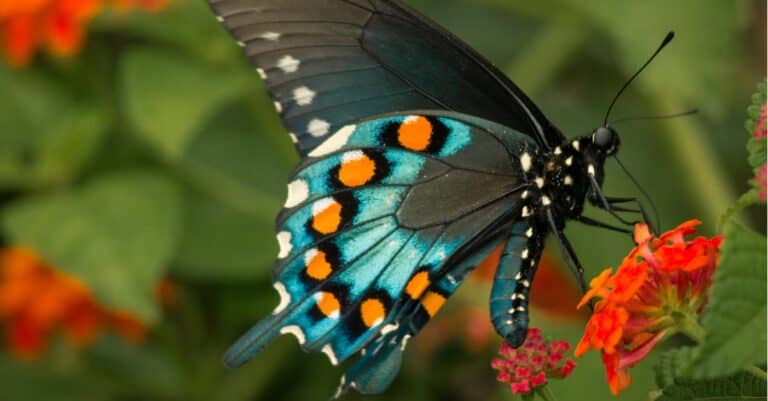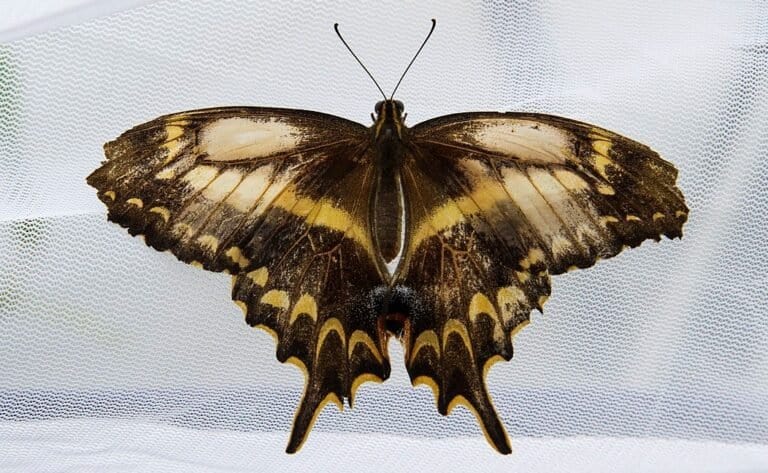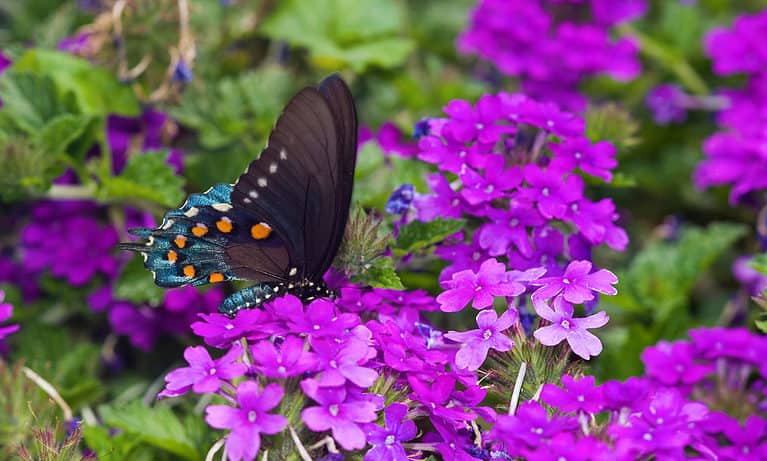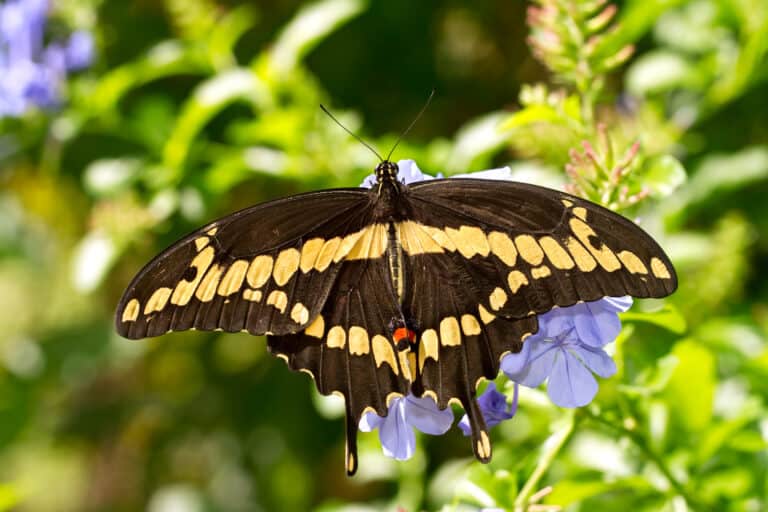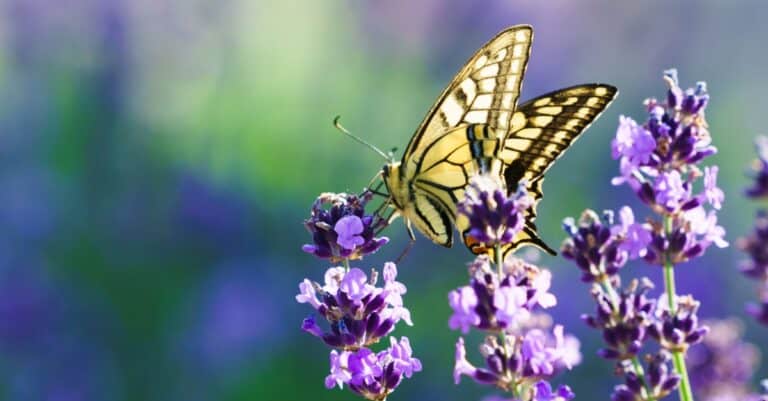Swallowtail Butterfly Animal Pictures
© iStock.com/wayne stockburger
Advertisement
Butterfly (Pipevine Swallowtail) on a Milkweed plant - colorful side view.
A butterfly's sense of taste is in its feet.
Photo: University of Florida/Institute of Food and Agricultural Sciences By U.S. Fish and Wildlife Service Southeast Region - Schaus Swallowtail Butterfly, CC BY 2.0, https://commons.wikimedia.org/w/index.php?curid=45513662 U.S. Fish and Wildlife Service Southeast Region / Creative Commons https://creativecommons.org/licenses/by/2.0/deed.en Photo: University of Florida/Institute of Food and Agricultural Sciences
One of the reasons the Schaus Swallowtail is unique is because it can stop suddenly in mid-air and fly backwards to avoid its predators.
Pipevine Swallowtail (Battus philenor) male on Homestead Purple Verbena (Verbena canadensis). Marion, Illinois, USA.
The rose vervain is part of the Verbenaceae family.
Giant swallowtails
Pipevine Swallowtail (Battus Philenor)
The pipevine swallowtail is one of the most poisonous butterflies in existence, due to its consumption of the toxic pipevine.
A Black Swallowtail Butterfly feeding on Zinnia flowers in the garden.
A Black Swallowtail Butterfly feeding on Zinnia flowers in the garden.
Hokkaido, japan
Swallowtail Butterfly

